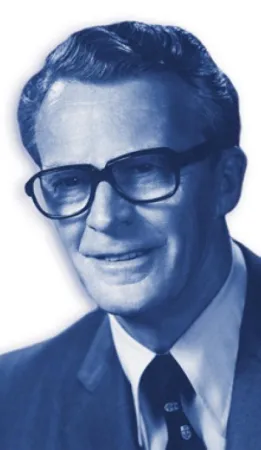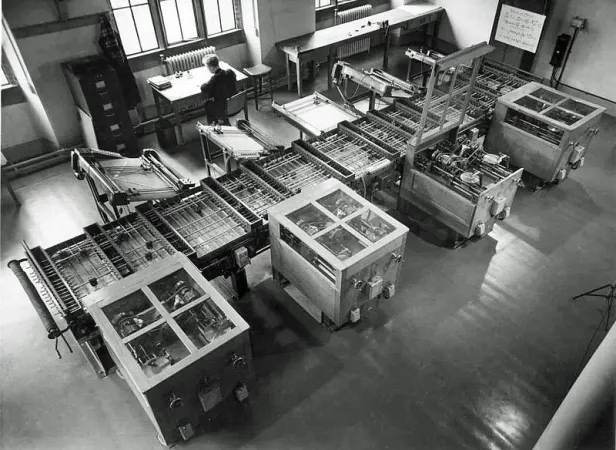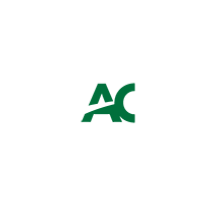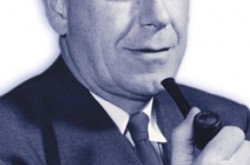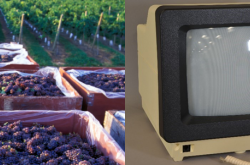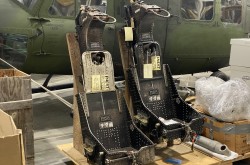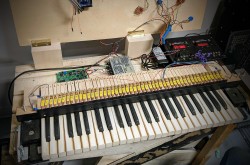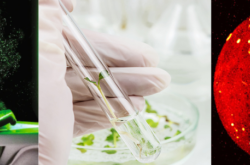The man who built a computer out of Meccano parts
This article was originally written and submitted as part of a Canada 150 Project, the Innovation Storybook, to crowdsource stories of Canadian innovation with partners across Canada. The content has since been migrated to Ingenium’s Channel, a digital hub featuring curated content related to science, technology and innovation.
Molly Gatt
Algonquin College Journalism Program
Arthur Porter was building computers a decade before it was cool. The first digital computer, the ENIAC, was built in 1945. But nine years before this, Porter had already built a differential analyser made of cheap Meccano parts.
Born in Ulverston, England in 1910, he was able to stay in school by gaining scholarships and grants. Porter went to the University of Manchester for his undergrad and master’s degrees. And with the help of his mentor, Douglas Hartree, Porter built one of the first analogue computers in 1934. He then went to America to receive his PhD from the Massachusetts Institute of Technology. He helped build the Rockefeller differential analyser, which was the most powerful computer at the time.
In 1949 Porter took a job working for Ferranti Canada. He worked on the DATAR system, which allowed a complete overall view of the area surrounding convoy ships. And in the 1950s’ he was a part of the North American initiative Project Lamp Light. Porter was an expert in data processing making him a key factor in the top secret air defence initiative.
He was never a teacher, but Porter did do a lot of work to boost the education of Canadians. He founded the biomedical programs at the University of Saskatchewan and at the University of Toronto. In 1969 he wrote Cybernetics Simplified to help anyone understand how computers worked, as they still weren’t widely used by the public at the time.
Porter died in 2010, at the age of 100. He was inducted into the Canadian Science and Engineering Hall of Fame in 2013.



